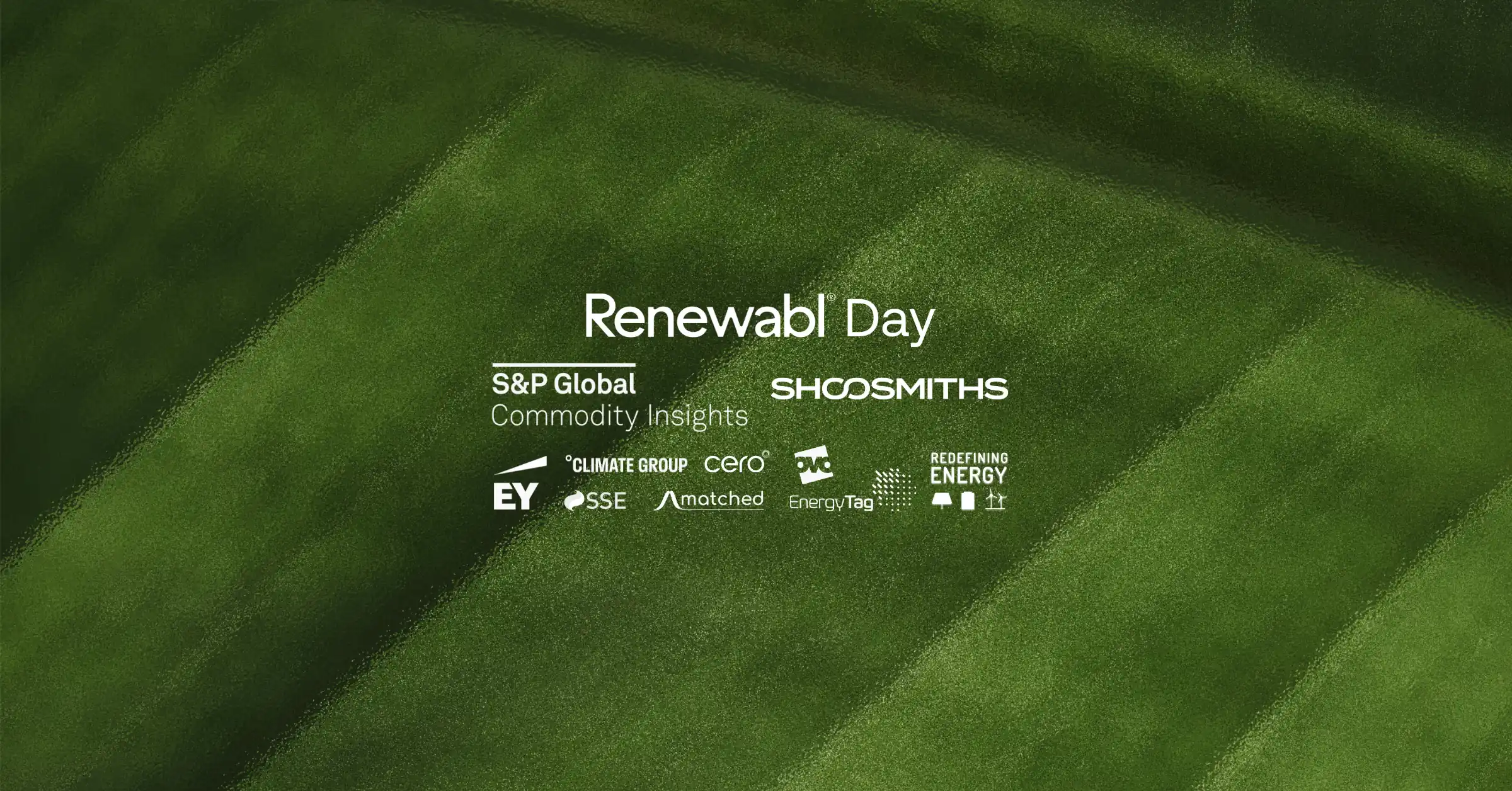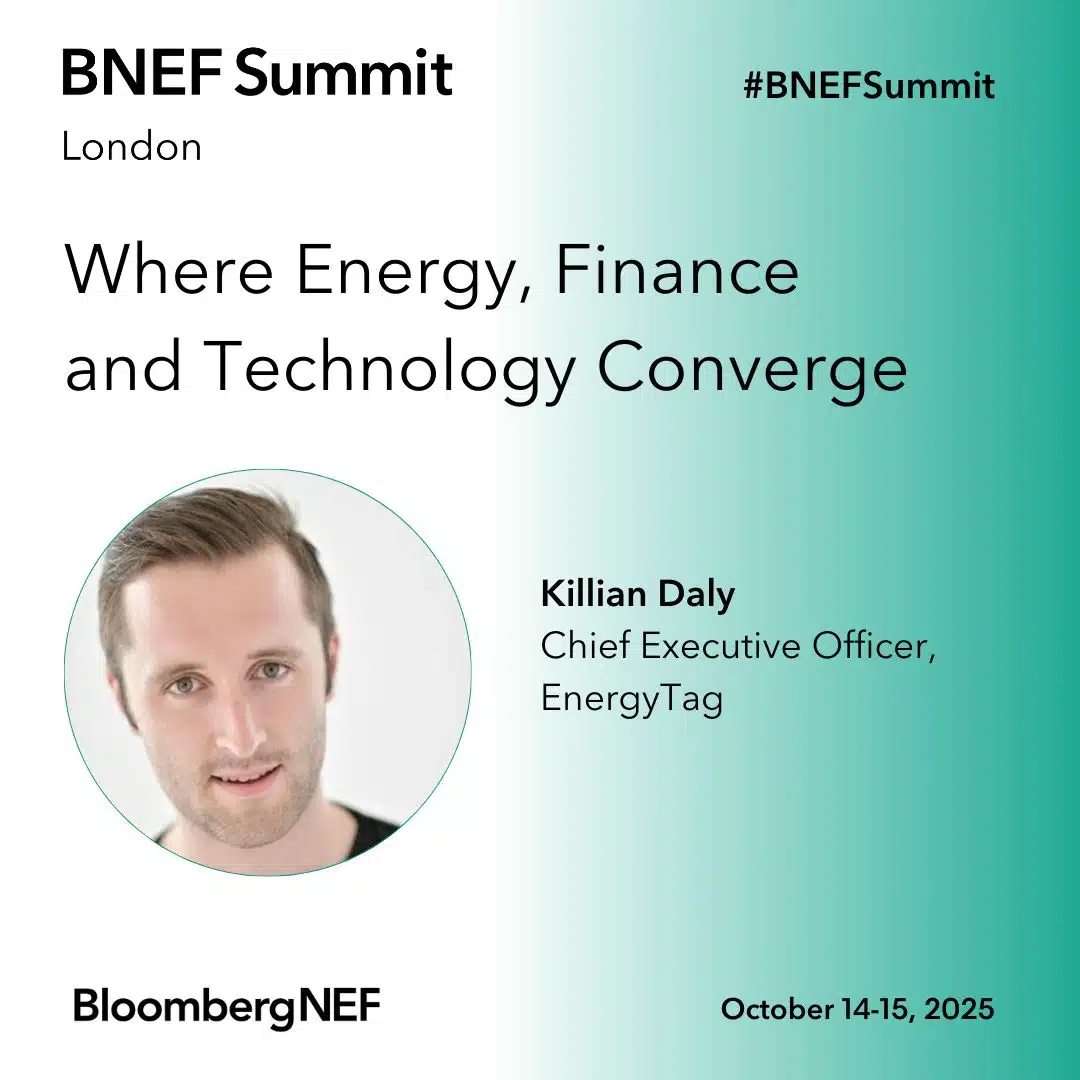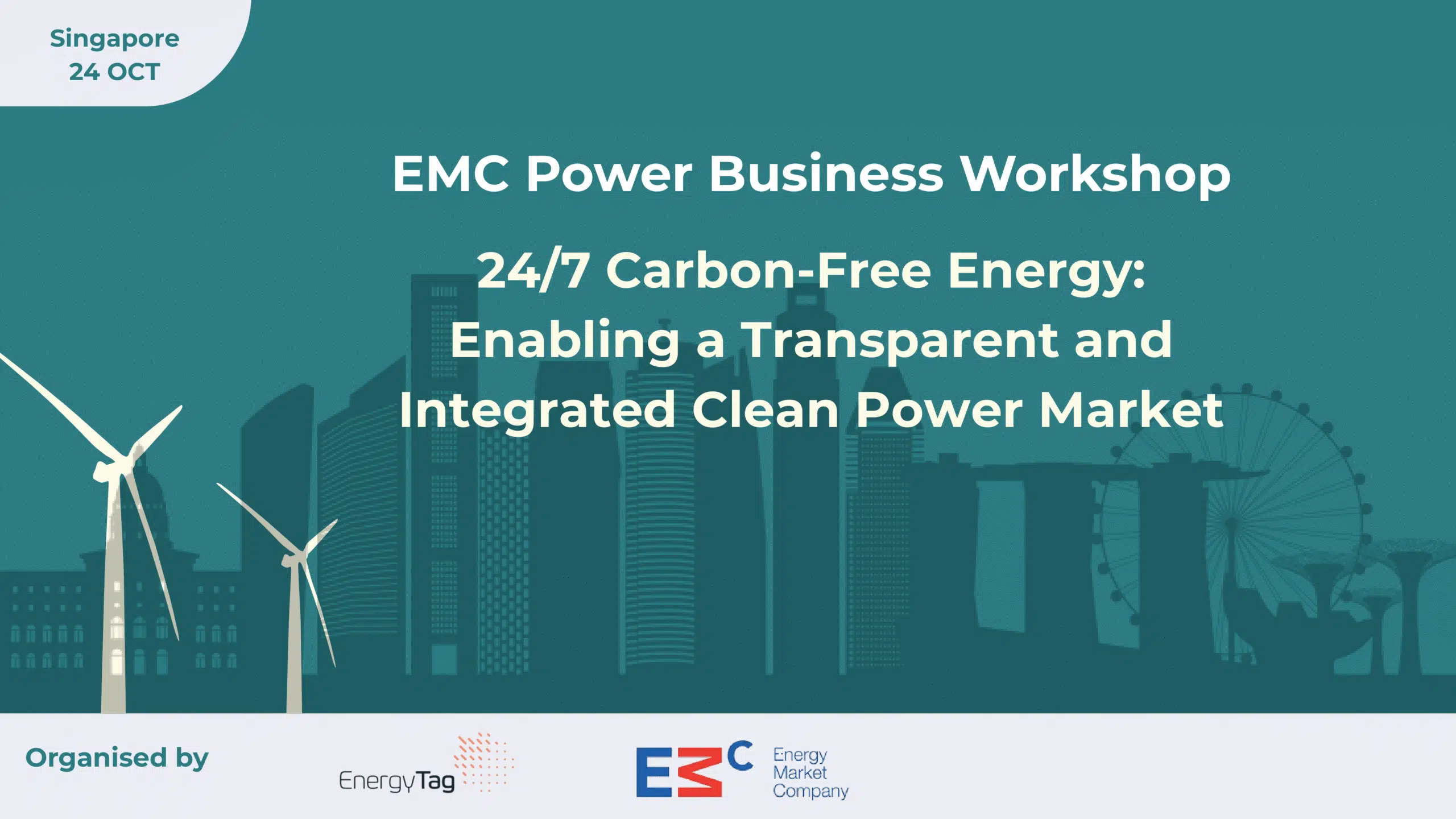Webinar Recording: Cost and Climate Benefits of 24/7 CFE for India
New TransitionZero analysis shows that India can deliver 52 GW of round-the-clock (RTC) clean electricity by 2030 at lower cost compared to annually matched clean electricity. The 52 GW represents 70% of a hypothetical RTC clean electricity portfolio designed to meet 5% of India’s total national electricity demand.
The system value contribution of RTC clean electricity portfolios exceeds the cost of annual matching, since the latter requires more capacity build out. This generates savings of US$1 billion (Rs. 9 thousand crore) for grid operators per year from 2030. At the same time, emissions can be reduced by 2.4% at system level with carbon abatement costs roughly three times cheaper compared to annual matching.
The results also show that companies can drive even greater decarbonisation at matching levels above 70%. At 100% RTC, India-wide system emissions are reduced by 7% compared to annual matching.
This webinar provided a background to the project and highlighted key modelling results for India presented by the lead analyst, Irfan Mohamed.
🗨️ Expert panel discussion included:
- Vibhuti Garg, Institute for Energy Economics and Financial Analysis (IEEFA).
- Matthew Smith, Serentica.
- Shailesh Telang, Head of APAC EnergyTag.
Key findings:
- ⚡ India can deliver 52 GW of 24/7 carbon free electricity (24/7 CFE) by 2030 — at lower cost than annually matched clean electricity.
- ⚡ Reaching 70% 24/7 CFE by 2030 is 35% cheaper, saving grid operators US$1 billion per year from 2030.
- ⚡ Emissions are also cut: a 2.4% system-wide reduction at ~3x lower abatement cost than annual matching. Companies that go further — up to 100% 24/7 CFE — can help reduce India’s total power sector emissions by 7%.
This is part of TransitionZero’s 2025 series on the system impacts of 24/7 CFE across Asia, with reports on the way for Japan, Taiwan, Malaysia, and Singapore.
Download the report: transitionzero.org/cfe



